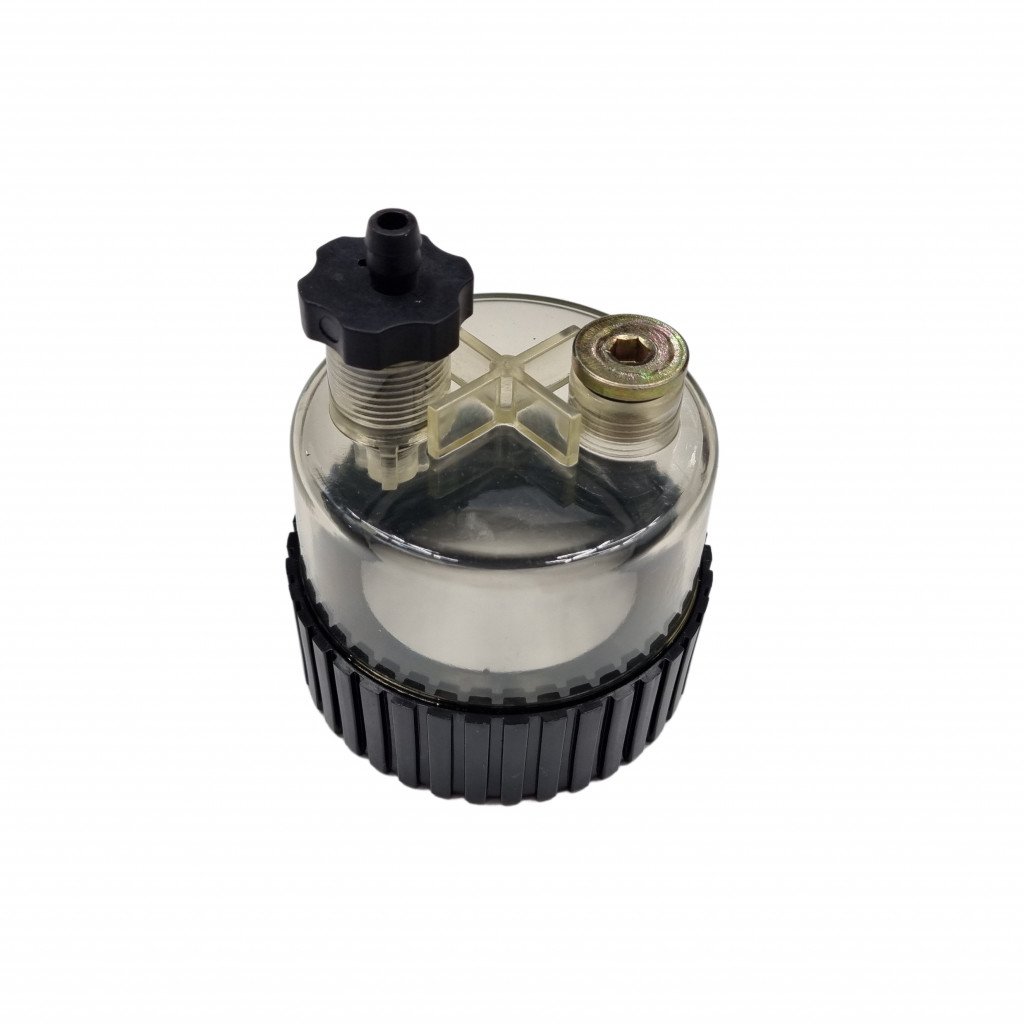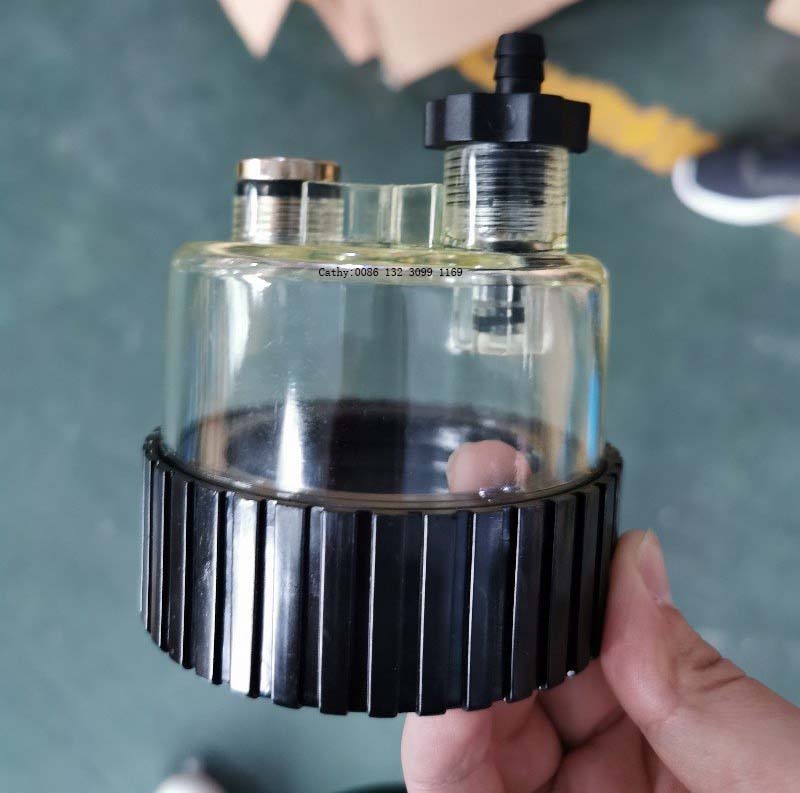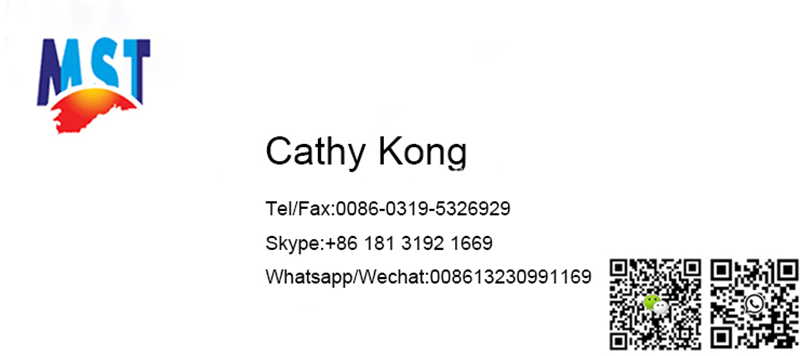1R-0770 fuel filter plastic glass bowl cup 3435527 filter cup
1R-0770 fuel filter plastic glass bowl cup 3435527 filter cup
filter bowl
filter cup
More about the glass plastic bowl
The glass bowl fuel filters have a few additional problems the inline fuel filters don’t have.
In a glass bowl fuel filter, the fuel enters the bowl through the center hole in the top of the filter housing and exits through a different opening on the top of the housing.
The fuel filter element must seal tightly against the top of the fuel filter housing for all of the fuel to pass through the filter correctly. If the filter is not seated correctly the fuel could possibly bypass the filter, and small bits of sediment could also go out through any small gap.
There are several different fuel filter configurations so be sure and get the correct filter for your application. The filters come in different sizes and some filters have a large upper paper housing with small holes around the outside. Certain original filters used a stone-like element with an integral sealing gasket at the top.
When changing the fuel filter, install the fuel filter first and then the rubber gasket. Place the rubber gasket on the rim of the bowl and push it up into the housing and tighten the bowl screw. Be sure to check for any fuel leaks.
Getting air bubbles in the fuel bowl while the engine is running is usually caused from the gas boiling. A small amount of air bubbles are nothing to be concerned about, but if you have large bubbles or a large quantity of bubbles, the most common causes are listed below.
A low fuel vapor point.
Check for air being introduced into the fuel.
The rust in the bottom of your fuel bowl is most likely caused from a rusty fuel tank.
The key problem is that ethanol absorbs water from the atmosphere.
The end result of water in the fuel is phase separation, this means that the fuel separates into two layers: a layer of gasoline mixed with a little ethanol on top and a thinner layer on the bottom consisting of water mixed with most of the ethanol.
Water in the bottom of the fuel tank and inside the fuel lines will cause corrosion and rust, and the solvent properties of the ethanol will loosen and the resulting debris will end up in your fuel bowl or worse in your carburetor or fuel-injection system.









